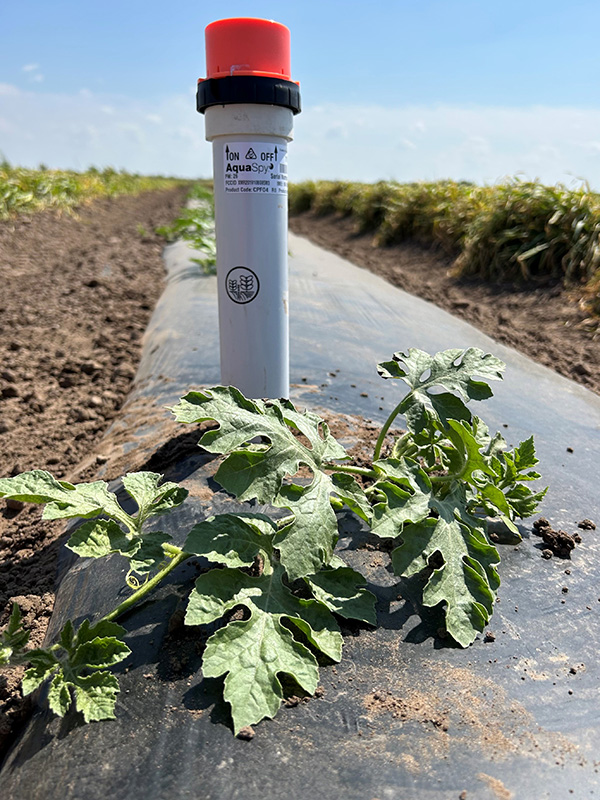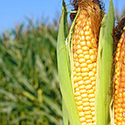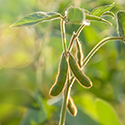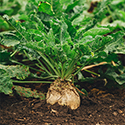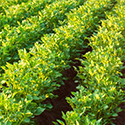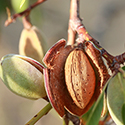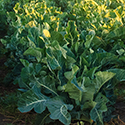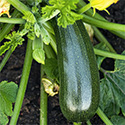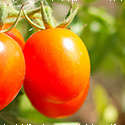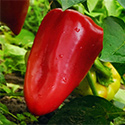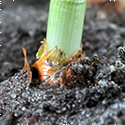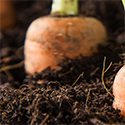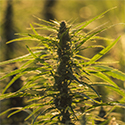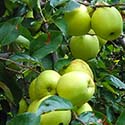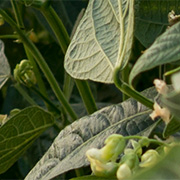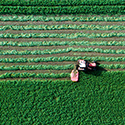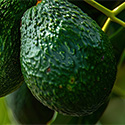Better melon farming strategies
- Melons include watermelons, cantaloupes and honeydew.
- Florida, Georgis, Texas and California grow most of the melons in the U.S.
- U.S. imports 20-25% of melons consumed from Mexico and Central America.
- About 90% of cantaloupes are grown in California.
- Americans eat an average of 27 pound of melons per year. They eat more watermelon than any other type of melon.
- Watermelons are considered both a fruit and a vegetable. They are 92% water.
- Watermelons are a great source of lycopene, an antioxidant that’s been shown to reduce the risk of several types of cancers.
How to grow melons
- Because melons require a long, warm growing season, their best yields occur in the southern United States.
- Melons are a warm-season crop, making them very tender to frost and light freezes.
- Watermelons and honeydew mature in about 80 to 100 days of warm weather. Cantaloupes typically mature in 75 to 85 days.
- Melons prefer slightly acidic soil with a pH of 6 to 6.8.
- Watermelon plant roots are 8” to 10” deep.
- Melon seed germination is best between 70 and 90 degrees Fahrenheit.
- Avoid growing watermelon where nighttime temperatures dip below 50 degrees Fahrenheit or the fruit will lose flavor.
- Plant melons only when soil temperatures have reached 65 degrees Fahrenheit or higher.
Melon farming market
There are over 40 varietals of melons grown for food. Watermelon, cantaloups and honeydew dominate the U.S. market. The 2021 watermelon crop planted 101,800 acres and was valued at $535M. Florida, Georgis, Texas and California grow 80% of the U’S. watermelon crop, while California dominates the cantaloupe market, growing over 90% of the U.S. crop.
Melons are refrigerated after picking. Watermelon does not continue to ripen after harvest, but it can be stored chilled for up to three weeks. Cantaloupe can be picked early and will continue to ripen during packaging. It can be stored up to 21 days at colder temperatures, but will retain better quality if stored between 36-41°F for 12-15 days or less.
The U.S. imports up to 20% of the melons it consumes from Mexico and Central America, mainly Guatemala. Special refrigerated container ships operated by Fresh Del Monte, Maersk and some others that run between Central America and some U.S. ports, usually a 2-3 day journey.
Melon farming challenges
Sandy, light loam, nutrient-rich soil is ideal for melons. Prepare planting beds with aged compost and side dress with compost during the growing season. Grow cantaloupes on raised hills 4 to 6 feet apart and watermelons 6 to 12 feet apart.
A melon’s quality – everything from flavor to texture to sweetness and even aroma – is best when the fruit’s sugar content is high. And the sweetest melons require adequate sunlight, warm temperatures, freedom from diseases and insects and, most importantly enough water. When melon plants are growing, blooming and setting fruit, they need 1 to 2 inches of water weekly. Keep soil moist but avoid waterlogging it. If leaves are wilted in the morning, the plants need water. (Wilting leaves at the end of the day is not uncommon.) If you notice fruit cracking on the vine, this is usually a sign of dry spells that needed more water. Since the root system of a melon extends beyond the base of the plant, apply water in a ring around plants and not just where the stems emerge from the ground. Reduce watering once the fruit is growing.
Nitrogen Use Efficiency for Melons
The accepted figure for melon NUE is 20-40%, meaning that on the average well over half of the applied nitrogen is lost to leaching, denitrification, volatilization, or immobilization (conversion to organic matter). The accepted optimum distribution of nitrogen fertilizer in any form is 100-120 kg/ha.
How can the nitrogen use efficiency be improved?
- NUE is highly dependent on Water Use Efficiency (WUE). Effective irrigation management can help avoid leeching which will in turn boost NUE.
- Several slow-release fertilizers distributed by fertigation through sub-surface micro-irrigation can reduce leaching.
AquaSpy for melons
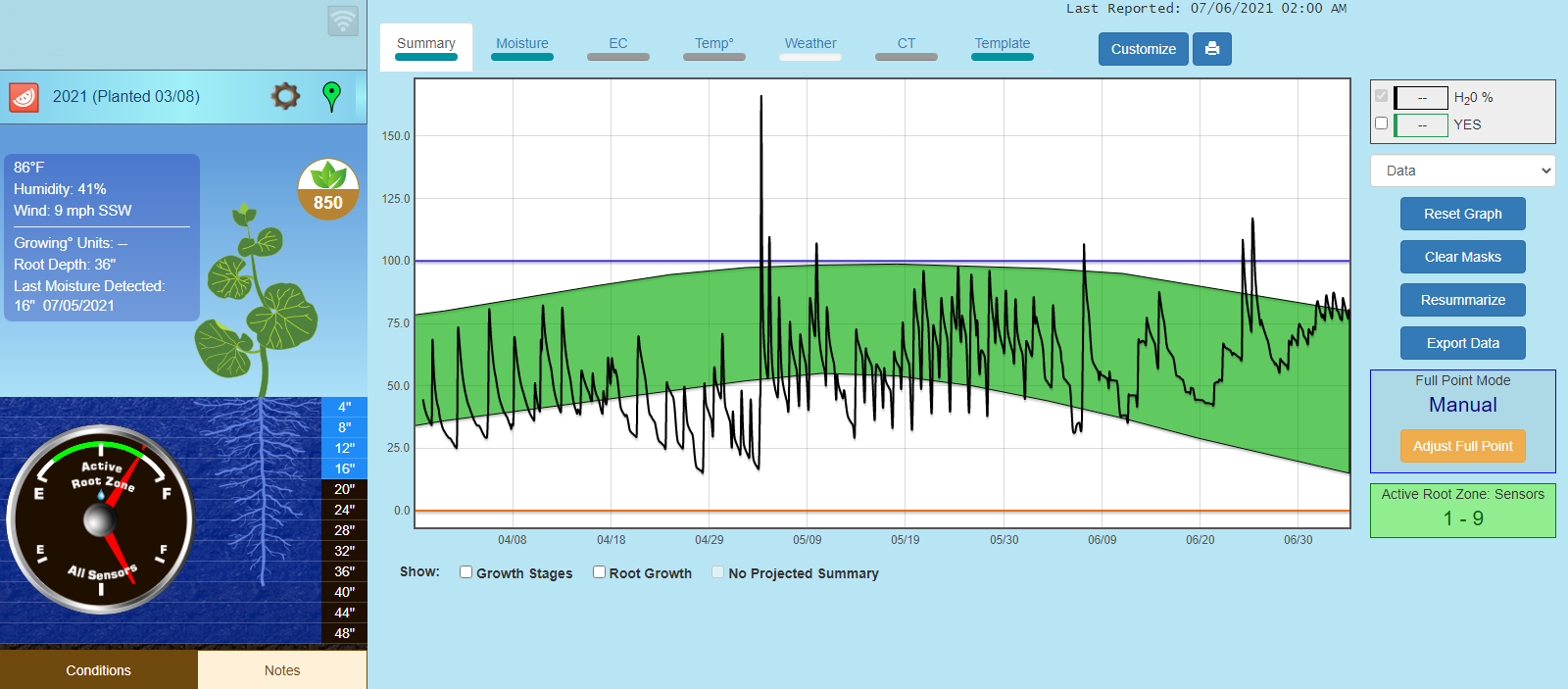
Contact Us
AquaSpy Crophesy for melons
With a Crophesy annual subscription, you receive a free simple, three-sensor, wireless, soil moisture probe. Place these rugged, water-tight probes throughout your melonfield and connect them to the app via your smartphone.
Then you can instantly monitor soil and crop health for all of your melons. And if you want to test the soil in other areas, you can quickly and easily move the moisture probe, which is battery-powered and provides season-long insight.
While you can look at the visual analysis of leaves, spending hours in your field, Crophesy enables you to open your app from anywhere and show you what kind of nourishment is available in your soil at your melon crop root depth. With this data, you can determine when the active root zone needs vital nutrients.
In addition to nutrient data, the Crophesy app can show you:
- Moisture consumption at the root level
- Salinity level in the active root zone
- Root depth
- Soil temperature near the sensors
- Irrigation depth
And it tells you all this without you having to step foot in your melon field.
